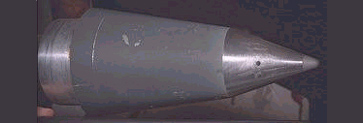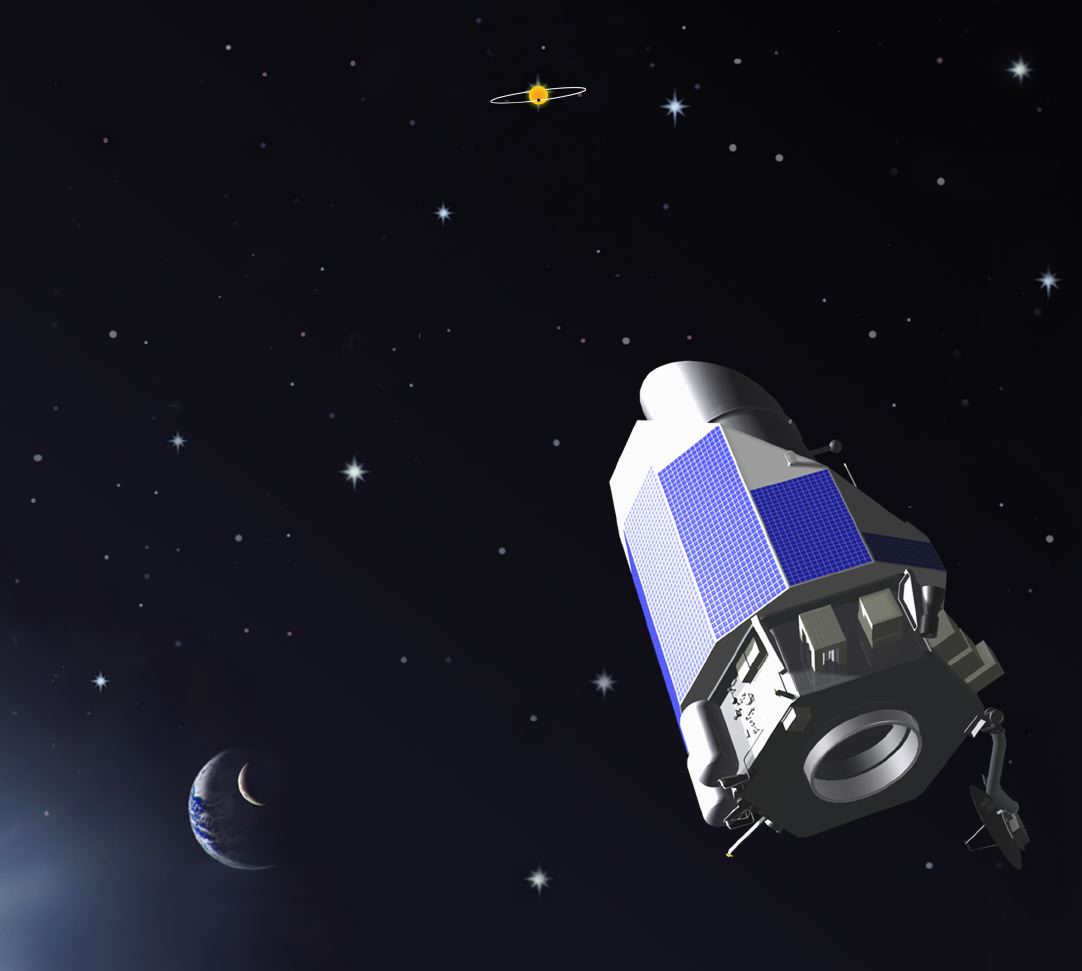By Dan Gundo
Recently, I worked on creating a one-of-a-kind device for a Space Station group studying exercise physiology at another NASA Center. They approached my department at Ames Research Center to design and build an exercise bed that allowed users to perform the motions that they needed for ground-based research. The real challenge was that they needed the device designed, built, and delivered in just one month.
I drew up rough sketches of a design following the initial plan described to me. The bed was intended to simulate doing squats while in a horizontal position as if on moving sled. They wanted to incorporate a resistant device called an Interim Resistive Exercise Device (IRED), an adjustable cable tied into a reel to provide a measured amount of resistance. This device was used on the Station for exercising in space; we were taking the same resistant reel and incorporating it in this bed.
In the early stages of a design project, I communicate with a customer as much as I can and as often as they will tolerate. There’s a lot of learning that needs to go on, and I prefer to spend a little bit of extra time here because that can save a lot of time later. In the beginning, you need to volley the information back-and-forth, so that you understand the customer’s requirements and they know what you’re capable of doing.
Synchronizing our watches
They liked my initial sketches, so I started adding more detail. I also started to identify the shopping list of materials. I explained why I recommended certain materials over others, and how I would go about building the bed based on the resources that I had available to me. We also were narrowing down the cost of it. All of these issues have to be considered from the perspective of producing a design as quickly as possible. This whole process I’ve described happens in a matter of days, sometimes even hours.
When I’m designing something from scratch, there are a lot of uncertainties. In my design for the exercise, I implemented adjustability into the device — more than they had asked for initially — because I knew that people of different heights might need to use the bed. I put more travel in the footrest when I realized that it didn’t have enough range.
It’s okay to be flexible and change something many times while it’s still a design, because it’s a heck of a lot easier to change your design on paper than it is to change things once you have metal cut, welded, and machined. Sometimes researchers will come up with another idea and another idea and another. These can have major ripple effects on all of the parts, pieces, and components of how the device is sized, shaped, and built. So, there comes a point when I want the customer to say, “Okay, I’m settled on this design. This is it. We’re going to move forward with it and we’re not going to change anything.”
From my perspective, the priority on any project is to deliver it on the due date. I can make the most wonderfully innovative device that has ever been seen on Earth, but if I don’t get it done in time for the customer to use it, then it’s all been a waste.
Eleventh hour
You can probably guess where this story is going. At the point at which I thought we were ready to start buying the materials and cutting metal, my customers introduced a significant change to the requirements. Somebody within their group decided that a counterweight to neutralize the weight and introduce vertical motion of the hips was crucial to the performance of the exercise. It changed the complexity of the project substantially — just a couple of weeks before the due date.
When my customer came back to me asking for this last-minute change, I knew that the responsibility was on my shoulders to make it happen. I wanted to build a product that met their needs, but I didn’t quite understand the details.
I had to know for certain, without a doubt, what they wanted — and there was no time in our schedule or travel money in the budget to arrange a face-to-face meeting. To try and get that over the phone, or in a faxed sketch wouldn’t eliminate my doubt. So, in order to hold their feet to the fire on specifics, I said, “I need you guys to create detailed drawings and then send them to me as soon as possible.”
Now, I don’t normally ask a customer to do the design work on a project, but this was a customer who had worked with hardware exercise devices before and who had added a last-minute function to the design. I wanted them to realize the ramifications of a change like this — hopefully, preempting any additional changes. I like to retain as much flexibility as I can during a project, but the customer has to understand that the manufacturing process doesn’t allow for ambiguity. I had to shift responsibility for finalizing the design to my customer at this point. To their credit, they stepped up and delivered the drawings right away. There were a few mistakes but we were able to make the fixes and corrections, and still keep moving forward. We had the idea in mind.
Then we start rocking
When you’re doing design and fabrication on unique a product and you’re being asked to deliver on a tight deadline, the project is laced with unknowns. The path of these projects can change at any time, but there is still a method to the madness. One thing I do is keep close track of everything that needs to be accomplished during the development process — from clarifying objectives, to sketching and sizing, to assembly.
Throughout the years, I have developed a file where I keep track of sources for unique parts, tools, and instruments — things like special bearings that I don’t keep stocked because they’re not needed often. I have contact information for these sorts of materials and for all my available vendors, so that I don’t waste time trying to track down a part or a tool required by an eleventh-hour development.
I’m also prepared to suggest trade offs when they’re necessary to finish on schedule. For example, we planned to paint the frame of the bed, but we ran so short on time that we didn’t paint it. It wasn’t going to affect the function of the device. That was an easy compromise; others are more difficult.
Initially, they wanted the frame made out of steel. Cutting, machining, shaping, and welding steel requires more time than alternative materials. Aluminum is easier and quicker to cut and machine. Plus, it’s much lighter and easier to handle. It cost a little bit more money, but I was able to save time by building the frame out of aluminum.
When you’re short on time, man-hours are something that you can’t make up. When we encountered some warping in the welded frame, I went to the researchers and told them, “We can still get this done if you’ll increase the service request to support more people.” They agreed to it, and I brought in additional shop technicians to help solve the problem. They were also critical in addressing a last-minute problem with linear bearings.
All projects like this one involve some degree of trial and error, building and rebuilding, reaching compromises, and learning from mistakes. In the end, our customers had to compromise slightly on cost, but we completed the project on time.
In my world of designing and creating new products, the one constant is speed — not to mention the byproduct of speed: pressure. Some projects may not involve the same level of pressure, but when you complete a quick-turnaround project on time and you’ve met all of the challenges that at first seemed overwhelming, the reward also seems to be that much greater.
Lessons:
- When creating a unique project, customers don’t always know the details of what they need at the start of a project. Close communication between the project team and the customer facilitates a continuous learning process.
- Knowing when to be flexible and when to be firm is a hallmark of successful project management.
Question:
How important is face-to-face communication when working with a client?
The unbearable lightness of microgravity
Ever since space missions began, NASA has worked to address problems caused by the deterioration of bone and muscle tissue due to weightlessness. One method for evaluating prevention and recovery treatments for this problem is to expose normally healthy individuals to periods of bed-rest that duplicate many of the space-weightlessness symptoms. Bed-rest participants remain in a prone position for up to 30 days without sitting up or standing.








